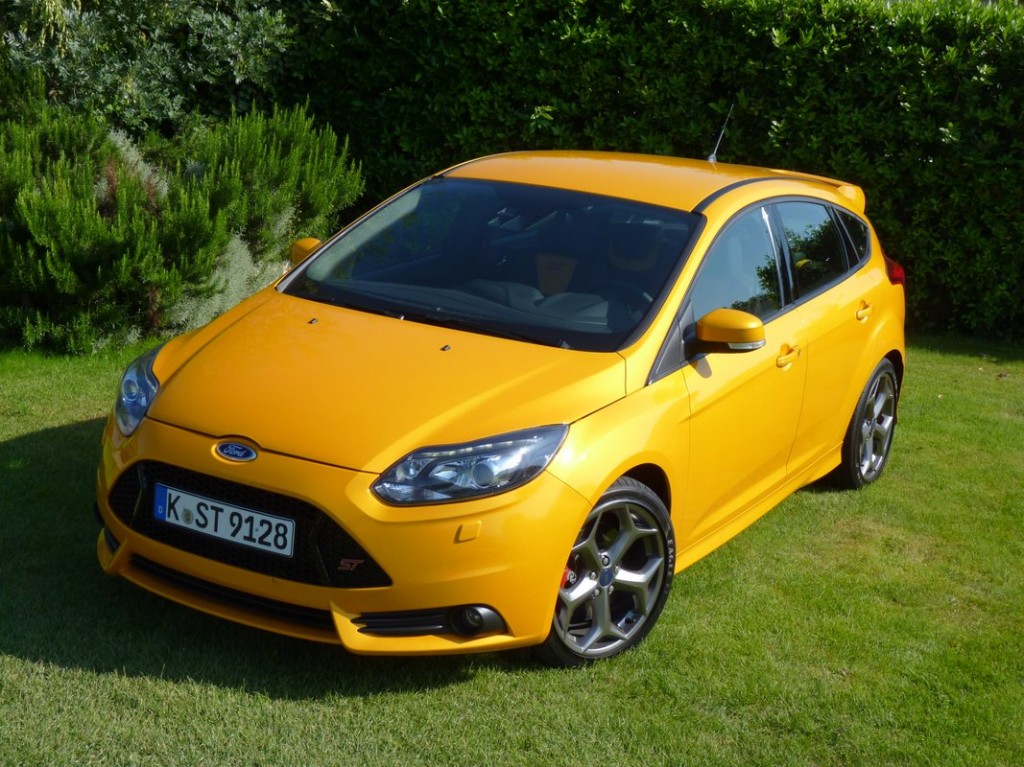
2013 Ford Focus ST
At the same time, today's turbocharged fours don't always make the most inspiring sounds on their own—at least not in the same way that straight-sixes or V-8s can be aural delights.
Thankfully with the 2013 Ford Focus ST, which we drove this past week, that's been a serious consideration. And Ford resorted to an interesting strategy in order to yet provide the right soundtrack when you're out on the track or hustling along backroads.
The ST makes a sound that isn't exactly the natural sound of its engine—a turbocharged four-cylinder. Rather, it was 'sculpted' to have just a little more exotic appeal. With a special, so-called sound symposer—a specially designed acoustic chamber that's attached to the bottom of the intake manifold—Ford amplifies the lower engine frequencies (200 to 450 Hz), but only when you want to hear them.
That's close to the strategy used in several new sports coupes—the Subaru BRZ, Scion FR-S, and Hyundai Genesis Coupe come to mind—but what distinguishes the Focus ST system is that there's a step-motor-driven composite paddle to blocks out the added resonance at idle, and during light-to-moderate acceleration.
What that means is that you don't have the constant, boomy reminder that you're in the performance edition when you're simply setting the cruise on the highway.
As Ford VP for engineering and global product development Hau Thai-Tang explained, the automaker had a tough act to follow with the distinctive exhaust note of the previous-generation European Focus RS (and its Volvo turbocharged five). In order to evoke some of the same engine music, the resonator catches the intake pulses when they're out of phase—which combines with the exhaust note to give it a lumpy, burbly quality at the middle revs and a richer, brassier sound at the higher revs.

2013 Ford Focus ST - First Drive, Southern France, June 2012
It's a pretty sophisticated system, too. In each gear, the paddle is calibrated to open up at a slightly different mapped throttle position.
Increasingly, automakers are turning to solutions like this. Ford engineers mentioned that this strategy in the Focus ST not only reduces fatigue, but it meets tighter European noise regulations for outside the vehicle.
For the rest of our driving impressions, see our First Drive of the 2013 Ford Focus RS.
